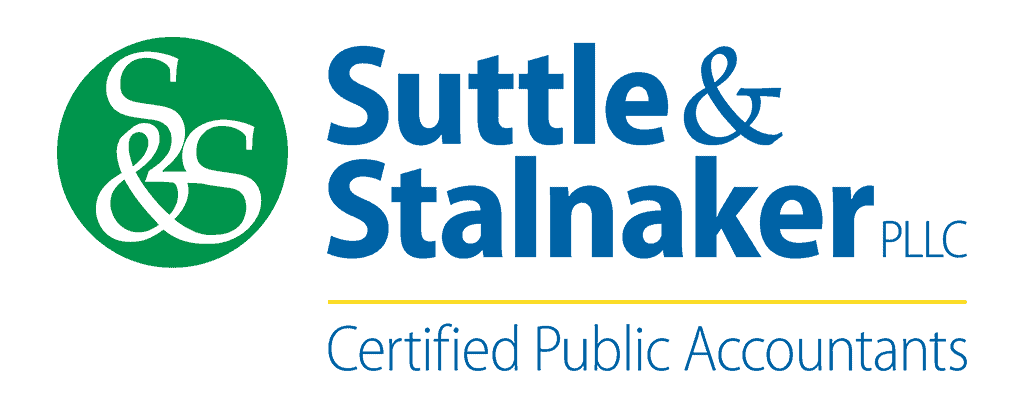The new Secure Act 2.0 legislation expands upon the Secure Act of 2019 with updates to retirement savings plans across the country. Here’s what you need to know.
Automatic Enrollment Requirements
Plan sponsors of 401(k) and 403(b) plans will be required to automatically enroll eligible employees with a starting contribution of 3% of their salary beginning in 2025. This amount will increase annually by 1% until the deferral amount reaches 10% of their earnings. Employees can opt out if they do not wish to enroll in the sponsored retirement plan. This goes into effect for all existing defined-contribution plans if the employer has more than 10 employees and has existed for more than three years. Government and churches are excluded.
In addition, unenrolled participant notification requirements have been eliminated except for an annual reminder of plan requirements and their opportunity to participate.
Required Minimum Distribution
Over the next 10 years, the age when required minimum distributions go into effect will increase. Here are the highlights:
- Participants who turn 72 in 2023 or later now can wait until age 73 to take their required minimum distribution.
- Participants who turn 74 in 2033 or later can wait until they turn 75 before taking a required minimum distribution.
For those who failed to make their required minimum contribution, the Act reduces the penalty from 50% to 25%.
Penalty-Free Early Withdrawals
Certain hardships are eligible for penalty-free early withdrawals from retirement accounts, where retirement account owners are only responsible for applicable taxes instead of the early withdrawal fee. Eligible hardships have been expanded to include victims of domestic violence, terminally ill patients, and certain personal financial emergencies. In addition, victims of qualified federal disasters who have experienced significant financial impact may take an early withdrawal without penalty within 180 days of the disaster.
Catch-up Contributions
Currently, taxpayers aged 50 or older can make catch-up contributions to eligible retirement plans, like a 401(k) or IRA. Beginning in 2025, The Secure Act 2.0 increases limits to the greater of $10,000 of 50% more than the original catch-up amount for those aged 60, 61, 62, or 63. In addition, IRA catch-up limits will no longer be set to $1,000 per year but will increase with inflation. In 2024, catch-up contributions will also be subject to after-tax (ROTH) rules.
Roth Designated Employer Contributions
The Secure Act 2.0 permits qualified 403(b) and governmental 457(b) plans to allow employees to designate employer matching, nonelective contributions, and student loan matching contributions as pre- or post-tax contributions. Take note that Roth-designated employer contributions must be 100% vested.
Part-Time Worker Eligibility
If a part-time worker has worked for an employer for at least three consecutive years and worked a minimum of 500 hours per year for those three years, the plan sponsor must allow them to contribute to qualified 401(k) plans. Effective for 401(k) and 403 (b) plans beginning after December 31, 2022, the three-year requirement has been reduced to two years.
Credit for Small Employer Retirement Plans
Beginning in 2023, businesses with 50 employees or fewer can take a credit of up to 100% of the startup costs for workplace retirement plans, up to the annual cap of $5,000. This is an increase from the 50% credit previously offered.
To review how your tax strategy is affected by the Secure Act 2.0, reach out to our team of knowledgeable professionals.
